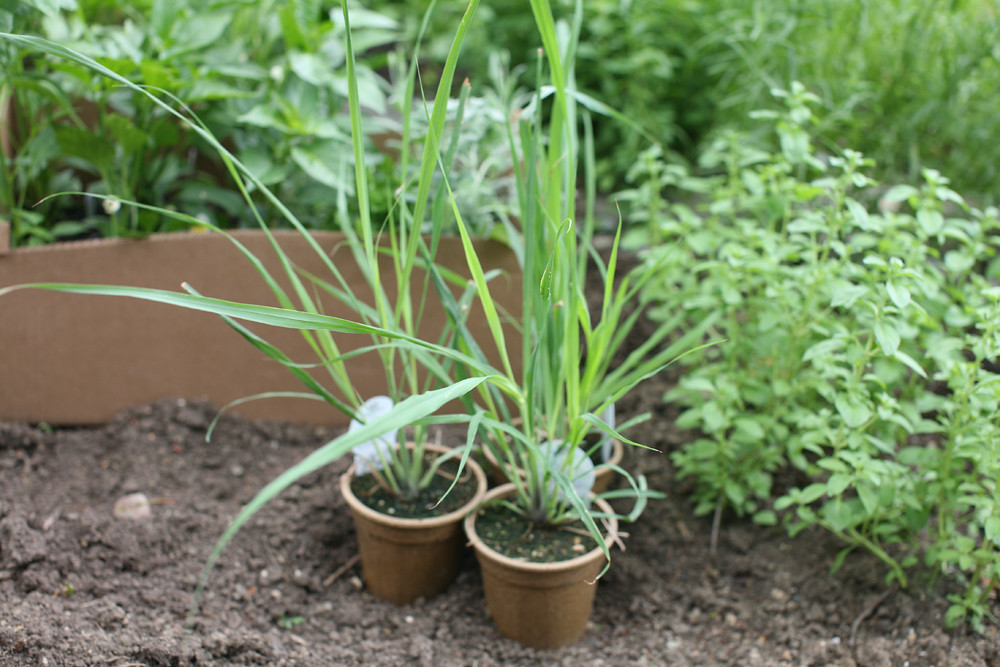Growing Peppers Indoors – Guidelines & Tips
Growing peppers indoors can be a fun and rewarding activity for gardeners. Peppers are a popular vegetable for home gardeners because of their relatively easy care and adaptability to indoor growing. Whether you are looking for a few hot peppers for your next meal or a variety of colorful decorative peppers, you can grow your own peppers indoors with a few simple guidelines and tips.
Choosing a Pepper Variety
The first step in growing peppers indoors is to choose the varieties of peppers that you want to grow. Sweet peppers, hot peppers, and decorative peppers are all options for indoor growing. Choose varieties that are disease resistant and adapted to short-season growing. Look for varieties labeled as “indoor peppers” for the best results.
Providing Adequate Light
One of the most important aspects of growing peppers indoors is providing adequate light. Peppers need at least 5-6 hours of direct sunlight each day, so if you don’t have a sunny window, you may have to invest in some artificial lighting. If using artificial lighting, make sure it’s FULL-SPECTRUM and placed close enough to the plants for top leaf-level light. Your peppers should also receive some indirect light throughout the day.
Controlling Temperatures
Temperature is also an important factor when growing peppers indoors. Peppers will not germinate if temperatures are below 55 degrees Fahrenheit, so make sure you are providing a consistent and warm environment for your plants. Aim for daytime temperatures of 70-85 degrees Fahrenheit and nighttime temperatures of 60-70 degrees Fahrenheit.
Providing Adequate Water & Humidity
Peppers need to be well-watered in order to survive indoors, but they can also easily become over-watered. Water your peppers when the top 1-2 inches of soil feel dry, and avoid getting the leaves wet to prevent disease or mold. Increase humidity by regularly misting the leaves and placing a humidifier in the room with your peppers.
Fertilize Regularly
Fertilizing peppers regularly during their growth is important as well. Use a balanced liquid fertilizer every two weeks and watch for signs of nutrient deficiencies. You may also want to use worm castings or a specialized pepper fertilizer to give your plants an extra boost.
Conclusion
With a little bit of TLC, growing peppers indoors can be a great way to have your own supply of fresh peppers year-round. Just be sure to provide the plants with adequate light, temperature, humidity, water, and fertilizer, and eventually you will have a thriving indoor pepper garden.



